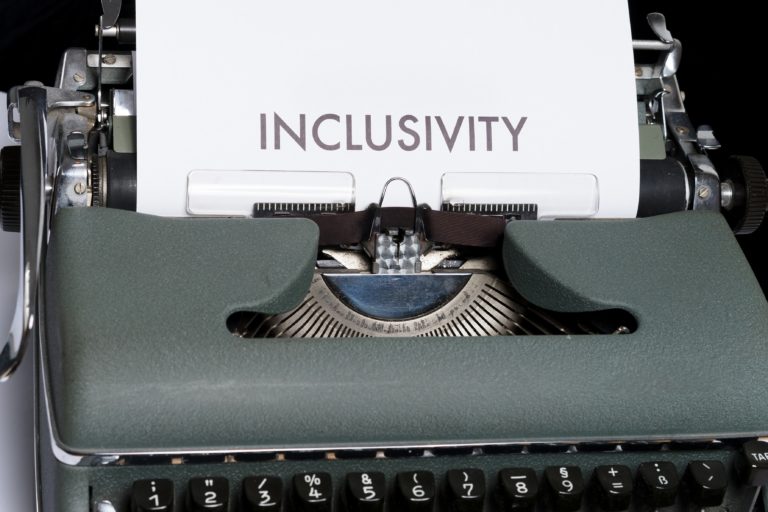We are using AI faster than we are learning to use it wisely. This reality became crystal clear during a recent session I led with 17 high school students enrolled in an AI Immersion Program, bright, curious minds already thinking critically about how AI is reshaping society.
Despite being confident daily ChatGPT users who had applied AI to schoolwork, personal projects, and creative writing, only two students had turned off their data sharing settings. None had explored custom instructions to shape the assistant’s behavior. That moment revealed a critical gap: fluency with AI tools does not equal fluency in responsible use.
The Responsibility Gap We Must Close
As a product leader and AI literacy advocate, I am energized by the possibilities generative AI unlocks, especially for emerging creators. Whether using ChatGPT to summarize research papers, brainstorm storylines, draft product ideas, or support presentations, these tools amplify our creative and analytical capacity. But without foundational understanding of how these systems store, adapt, and reuse information, users may unknowingly compromise privacy, propagate misinformation, or reinforce biased outputs.
These students were not new to AI. They knew the tools. But like most users today, including professionals and even some technologists, they had not been taught to think critically about how AI remembers, adapts, or interacts with them. This gap between usage and understanding is where responsible AI education must begin.
Building Intentional AI Practices
In my session, we explored how careers are shifting in the age of AI, why product thinking is a superpower, and how AI is transforming industrial tech. But the most impactful moment came from helping students, and by extension, all new AI users, understand how to use AI with intention, safety, and care through concrete actions they can take immediately.
We discussed essential safety practices that give users control over their AI interactions:
| Action | How | Why | Pros | Cons |
| Turn off data sharing | Settings > Data Controls > Disable training on your data | Limits how your conversations are used to train future models and protects sensitive content | Enhances privacy | Your inputs no longer help improve the model |
| Turn off memory | Settings > Personalization > Turn off memory | Prevents long term information retention across sessions and reduces context drift | Stronger session control | No personalized continuity |
| Use temporary chats | Click the dashed chat bubble icon to start a non-persistent session | Ensures interactions are not saved or remembered | Maximum anonymity | No context carryover |
| Turn off chat history | Settings > Personalization > Disable chat history | Reduces account level prompt storage | Smaller data footprint | No access to past chats |
| Use custom instructions | Settings > Personalization > Custom instructions | Define how ChatGPT should respond and what context to consider | Tailored responses | Initial setup effort |
| Decline optional cookies | Adjust browser or app cookie settings | Avoids behavioral tracking | Stronger digital hygiene | Tools may forget preferences |
| Upgrade to a more secure version | Use ChatGPT Enterprise or Team for regulated use | Offers contractual data protections | Enterprise grade security | Cost and administrative complexity |
| Read terms of service | Review platform terms and policies | Helps you understand data ownership, access rights, and usage policies | Informed decision making | Time consuming and dense language |
Note: These recommendations reflect the current behavior and settings available in ChatGPT as of the date of publication. As the platform evolves, features and privacy controls may change. Always consult the most recent guidance from OpenAI.
We also explored techniques like custom instructions, which allow users to define how ChatGPT should respond and what context it should consider. None of the students had used this feature, but once introduced, the potential became immediately clear: “You mean we can tell it how to respond better” Exactly.
These are not just technical configurations. They are the starting point for thoughtful, ethical, and effective AI collaboration.
When Product Thinking Meets AI Building
Many individuals I speak with, from students to solo founders to experienced professionals, are eager to build with AI. They see the potential for automation, rapid experimentation, and personal scale. What they often lack is a structured way to assess whether their creations are purposeful, inclusive, and responsible.
That is where product thinking becomes essential. It begins with three deceptively simple questions applied to any AI project:
- What problem are we solving? Not just what can AI do, but what should it do in this context
- Why is it important? Understanding the real human need behind the technical capability
- How will solving it create value? Considering value for users, communities, and society, not just efficiency gains.
For those working within organizations, this also means learning to advocate for responsible innovation from within your team. I explored this challenge in depth in my post about becoming your product team’s change agent for responsible innovation.
In a world where billion-dollar AI-powered startups can emerge rapidly from individual creators, we must equip builders with more than tools. We must give them frameworks to reason clearly and design ethically.
From Responsible Use To Responsible Building
Before anyone writes a single line of code or launches their first product, they must recognize that how they use AI influences what they ultimately build with it. Responsible building begins with responsible use.
This means developing habits that prioritize intention over convenience:
- Treating AI as a co-pilot, not an oracle: maintaining human judgment in decision-making
- Asking “is this fair?” before “is this fast?”: considering equity alongside efficiency
- Choosing intentional design over default settings: making conscious choices about AI behavior
- Recognizing that memory, privacy, and prompting are design decisions: understanding that every interaction shapes outcomes
These practices become even more critical when scaling from personal use to building solutions others will depend on. The privacy settings you choose, the prompts you craft, and the boundaries you establish all become part of your product’s DNA. For those interested in applying these principles more systematically, I have written extensively about foundational approaches in Practice Safe AI with Responsible Prompting.
The Literacy We Need
The future of AI is not just in the hands of researchers and companies. It lives in classrooms, community programs, boardrooms, and the hands of everyday professionals experimenting with new workflows. That is why I continue this work through Project DAIL, through teaching and outreach, and through the resources I share on this platform.
AI literacy is not just about understanding how the technology works. It is about developing the judgment to use it wisely, safely, and with care. It is about bridging the gap between what we can do with AI and what we should do with it.
The students I met that day left with more than technical knowledge. They left with a framework for thinking about their role as the next generation of AI builders. In a world where technology moves faster than wisdom, that may be the most important lesson of all.
Discover more from DEEPLY Product
Subscribe to get the latest posts sent to your email.






